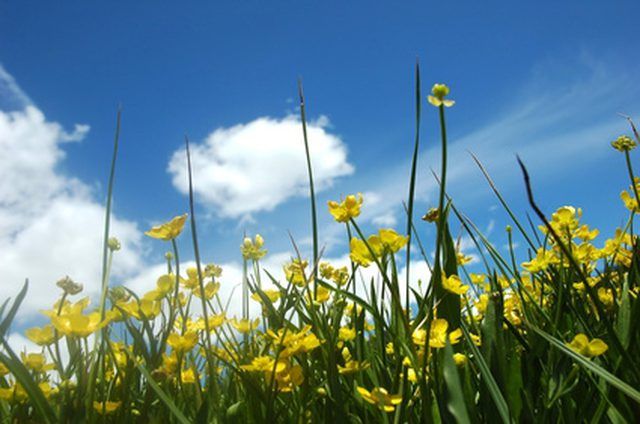Bulbs
Flower Basics
Flower Beds & Specialty Gardens
Flower Garden
Garden Furniture
Garden Gnomes
Garden Seeds
Garden Sheds
Garden Statues
Garden Tools & Supplies
Gardening Basics
Green & Organic
Groundcovers & Vines
Growing Annuals
Growing Basil
Growing Beans
Growing Berries
Growing Blueberries
Growing Cactus
Growing Corn
Growing Cotton
Growing Edibles
Growing Flowers
Growing Garlic
Growing Grapes
Growing Grass
Growing Herbs
Growing Jasmine
Growing Mint
Growing Mushrooms
Orchids
Growing Peanuts
Growing Perennials
Growing Plants
Growing Rosemary
Growing Roses
Growing Strawberries
Growing Sunflowers
Growing Thyme
Growing Tomatoes
Growing Tulips
Growing Vegetables
Herb Basics
Herb Garden
Indoor Growing
Landscaping Basics
Landscaping Patios
Landscaping Plants
Landscaping Shrubs
Landscaping Trees
Landscaping Walks & Pathways
Lawn Basics
Lawn Maintenance
Lawn Mowers
Lawn Ornaments
Lawn Planting
Lawn Tools
Outdoor Growing
Overall Landscape Planning
Pests, Weeds & Problems
Plant Basics
Rock Garden
Rose Garden
Shrubs
Soil
Specialty Gardens
Trees
Vegetable Garden
Yard Maintenance
How to Plant Buttercups
How to Plant Buttercups. Buttercups are flowering plants that belong to the Ranunculus family. Among the dozens of buttercup species, a few are cultivated garden species, but most are wildflowers. They're called buttercups because of the flowers' buttery yellow color and upward-curving cup shape. Buttercups can grow up to 3 feet tall and have soft,...

Buttercups are flowering plants that belong to the Ranunculus family. Among the dozens of buttercup species, a few are cultivated garden species, but most are wildflowers. They're called buttercups because of the flowers' buttery yellow color and upward-curving cup shape.
Buttercups can grow up to 3 feet tall and have soft, fernlike leaves. They tend to bloom in their first year after planting and are remarkably resistant to pests and diseases. Choose buttercup bulbs from a reputable source to ensure the best quality.
Things You'll Need
Hoe
Shovel
Spade
Buttercup bulbs
9-6-6 (low-nitrogen) fertilizer
Garden hose, sprinkler or bucket
Garden shears
Prepare a garden. Do this in autumn for spring-flowering buttercups. Choose a sunny spot with good soil drainage. Remove weeds--roots and all--from the planting area. Till or otherwise work the soil to clear rocks, break up soil clumps and increase healthy drainage.
Dig a 6-inch-deep furrow in the well-tilled soil. Use a hoe, shovel or spade.
Back-fill the furrow, leaving a 3-inch deep planting row.
Plant buttercup bulbs. Place the bulbs, roots down, into the planting row, about 6 to 8 inches apart. Gently cover the bulbs completely with fresh, loose soil. Try not to step on the row you planted, and don't pack down the soil.
Dust a dry fertilizer lightly over the garden soil in spring. Do this when shoots pop through the soil. Water thoroughly to complete the fertilization process.
Remove spent flowers when they finish blooming. When foliage turns completely brown, cut it off at ground level. The buttercups bloom again the next year.
Tips & Warnings
Because buttercups prefer cool soil, spread mulch around the mature plants in early spring.
Propagate (make more) buttercups by dividing them and replanting in early spring or autumn.
Buttercups are very poisonous to horses. Every part of the plants are toxic, especially to horses but also to most mammals. When dried, however, they lose almost all of their toxins.